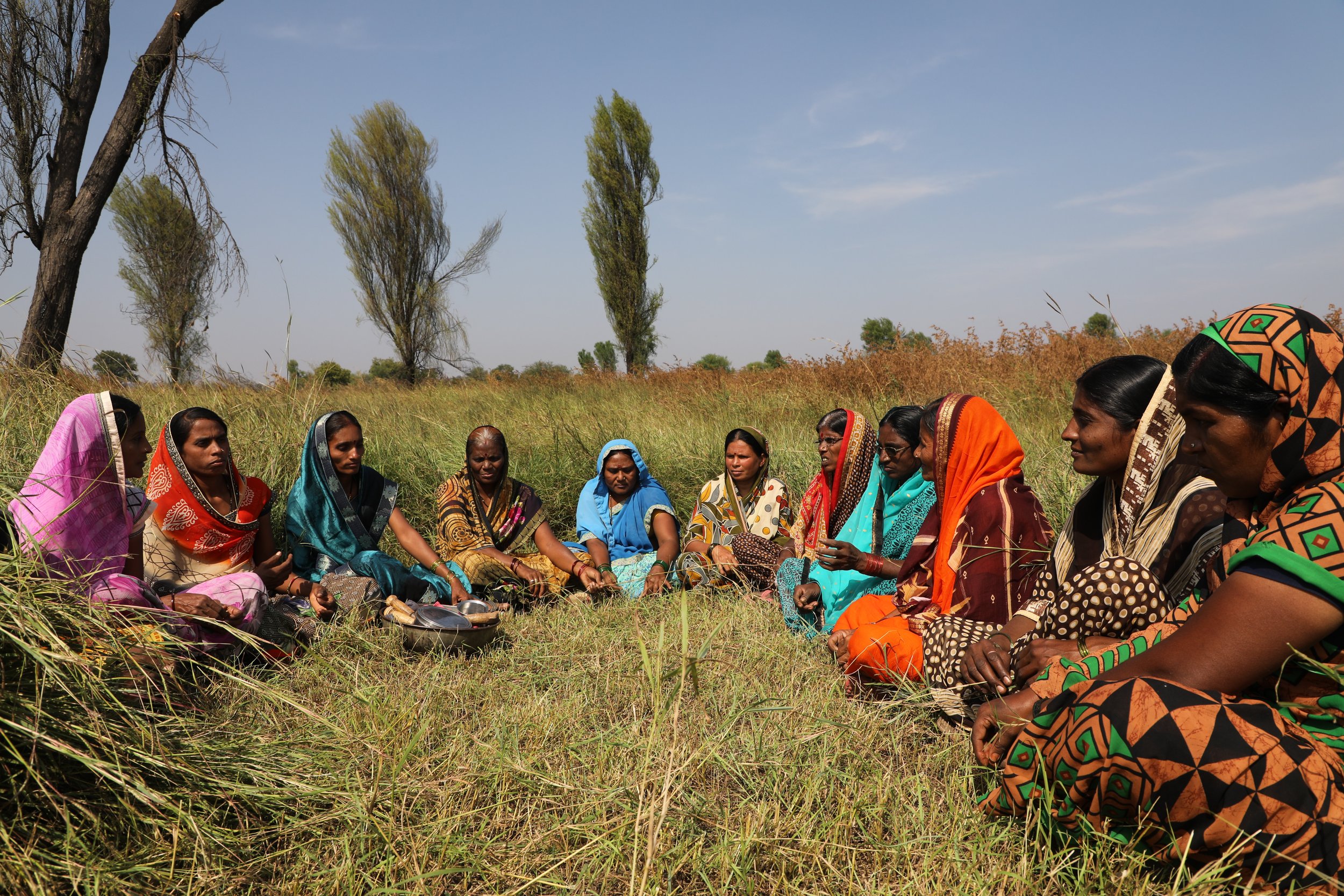The Art of Bible Storying
The Art of Bible Storying with Sally Hinzie, UBA Church Consultant
Our missionaries overseas have found a method to share Scripture with people groups that do not read and do not have access to a Bible in their language. Since many people in the United States either do not read at an advanced level or simply prefer to receive information orally, we have found that this method is also very effective in the United States.
The practice of sharing stories from the Scripture orally instead of reading them directly from the Scriptures was adopted by missionaries, because it is more reproducible in oral cultures. If the missionary reads the story with Bible in hand, the listeners believe this is a special skill that they do not have. They think they do not have the capability to share the scripture story with others. Sharing the scripture becomes dependent on the presence of the teacher with the bible in hand. On the other hand, when the missionary stands before them and repeats a story from the heart, the listeners are familiar with this practice of story telling and believe that they can do what the story teller does.
The same principles apply in the U.S., where large segments of the population either read at lower grade level rates or are in the habit of getting their information from some source other than the printed page. Sharing the story is more reproducible in oral cultures.
Bible storying is not just for children. I took a mission training class to learn about storying. I thought it would be easy. I had taught preschool Sunday School for decades and knew all the basic stories. When our instructor started the class by telling the story of Genesis 1, I realized I had a lot to learn. Telling the story to adults was certainly different than telling the story to 5 year old children. We have more liberty to paraphrase when telling the story to children. That would include using a simpler vocabulary. We might even add sound effects or paint a visual picture. When telling the story to adults, we stick to the scripture. We wouldn’t add anything to the story.
Bible storying impacts the teller as well as the listener. I like storying. I can learn the story and it becomes a part of me. I can “pull it out” any time and share. I need no tools or resources, just tell the story.
People are receptive to hearing a story. I will ask, “May I tell you a story?” So far, everyone has been receptive. A story sticks in the memory. Once, while visiting Russia, we were in a Bible study with leaders from a nearby drug rehab facility. Some of the leaders were trying to convince a heroin addict to go to the facility. The young lady was in terrible health as a result of her addiction and they were worried she didn’t have long to live. She kept putting them off, claiming to be fine.
When they finished, I asked to tell her a story. I told her the story The Prodigal Son. After I told the story I said, “I don’t think you have slept with the pigs yet.” A haunted look flashed across her face, then she laughed it off. “Of course, I don’t sleep with pigs.” I responded, “You will. And when you do, I want you to remember the Father is waiting for you.” This young lady may forget the arguments the leaders were using, but the story will be with her for awhile.
A story can be told at any time. We are friends with several international students at a local university. One day, we were driving home with a Chinese student, and she asked about the differences between the different Christian churches. I told her it would be easier if I told her what we had in common. I told her the story that is called C to C—that is Creation to Christ. The story tells of creation, man’s fall and God’s promises for a savior, to the birth, life, death and resurrection of Christ. It can take 15 minutes or 45 minutes depending on your time.
When I finished, she was silent for a few minutes. Then she said, “ I am silent because I have never heard anything like this before. Chinese people don’t know these things.” I was able to share significant truths of God’s story with her because the story was ready and available when the opportunity arose. We are still friends with her and pray over her often.
Stories convey truth to the listener. My favorite example is an experience with an 8 year old Pakistani Muslim girl. During a summer backyard club, we had done crafts and told “Koran friendly” Bible stories. On the 3rd day, she came to me and wanted a story. I told her the story for the evening. She wanted another story, so I told her one of Jesus’ miracles. She wanted another story, so I told another miracle story.
After about four miracle stories, she looked at me asked, “Is Jesus God?” If an 8 year old Muslim Pakistani child can figure it out after hearing the stories, I figure it is one of the best ways to present the gospel.
Find storytellers and training videos on the UBAHouston YouTube Channel. Select the Playlist, Bible Storying: Orality.
For literate learners, two great books to read are:
The Story Journey, by Thomas Boomershine (1988. Abingdon Press)
Basic Bible Storying, by J.O. Terry (2009, Church Starting Network)
Sally Hinzie is a Church Consultant who has worked at UBA for many years. Her primary areas of ministry focus include church planting, bible storying training, organic church, and ministry implementation.








